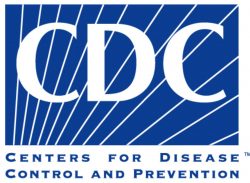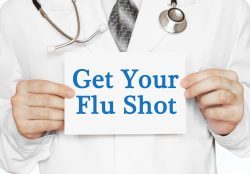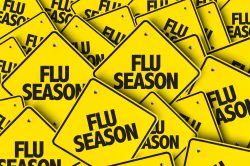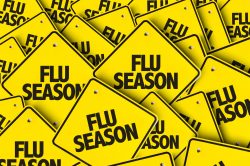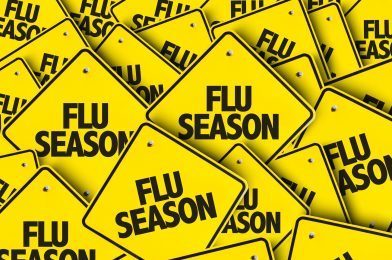Urgent care centers in hurricane-affected areas have probably gotten into the habit of looking for sudden respiratory ailments and signs of illness related to consumption of tainted water or food. However, the vast numbers of relief workers and volunteers who flocked to help residents affected by the recent storms are now returning home, where providers may not have such issues at the top of their minds. Recognizing that, the Centers for Disease Control and Prevention …
CDC Offers Guidance on Treating Patients Returning Home from Hurricane Areas



